

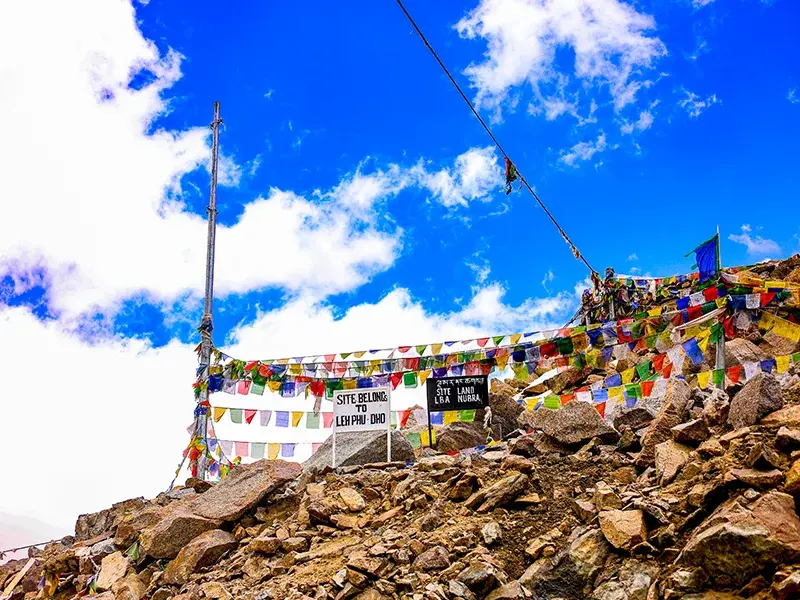
Khardung La Pass, located in Ladakh, has been historically significant as a part of the ancient Silk Route. It was used by traders and caravans who traveled between India and Central Asia, particularly to carry silk, spices, and wool. The pass allowed movement toward Kashgar (in present-day China) through the Nubra Valley. Later, during World War II, the route was used by the British to send supplies to China. Today, it holds strategic military importance for India, serving as a route to the Siachen Glacier—one of the highest military zon ...

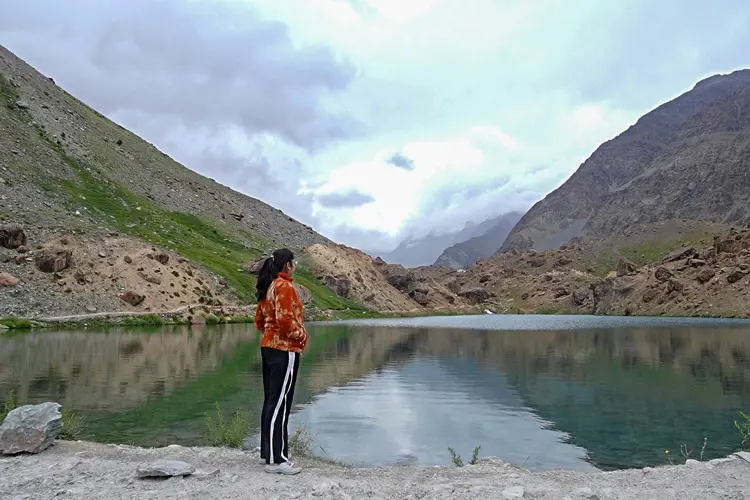
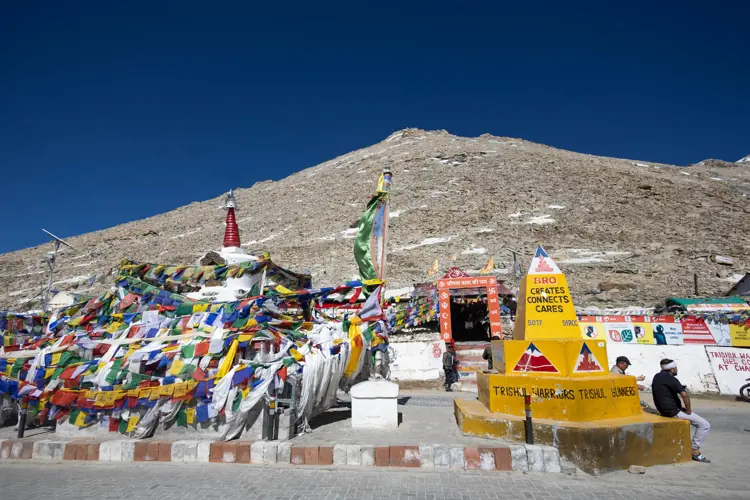
 1.jpg)
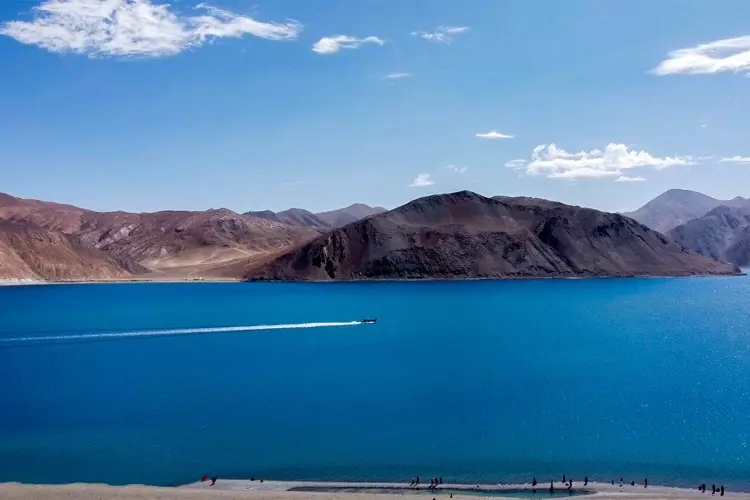
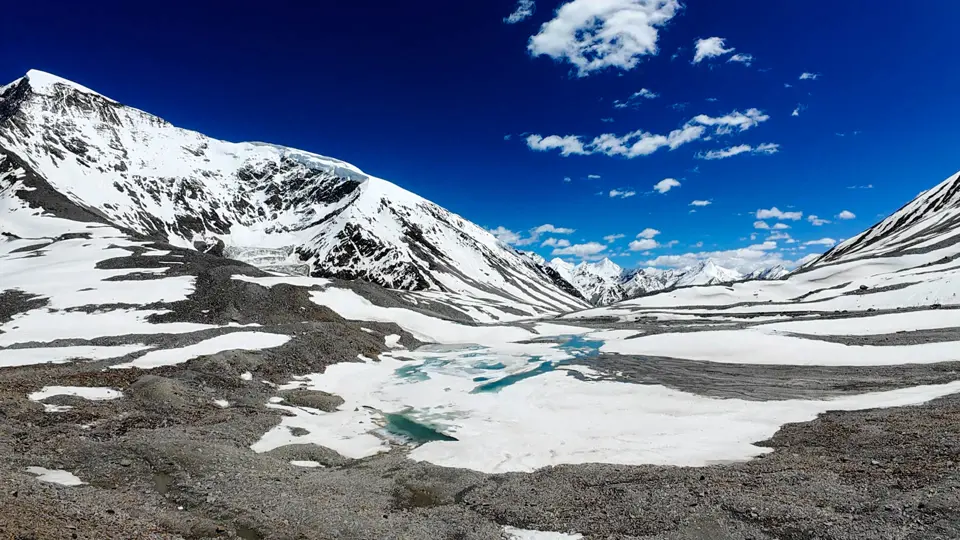
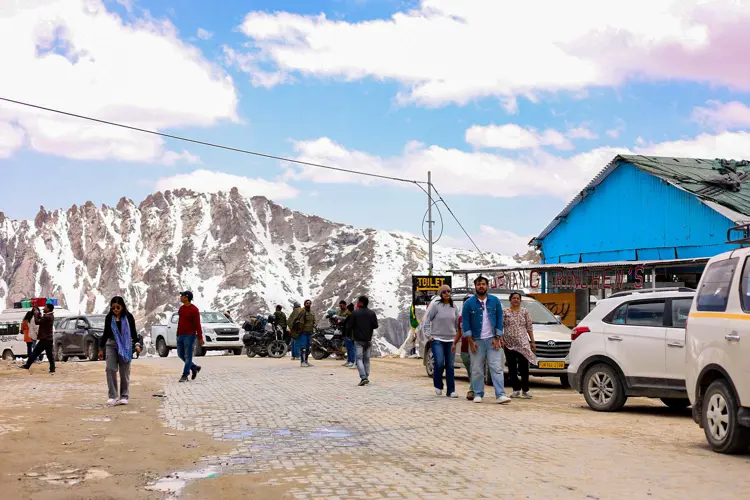
 4.jpg)

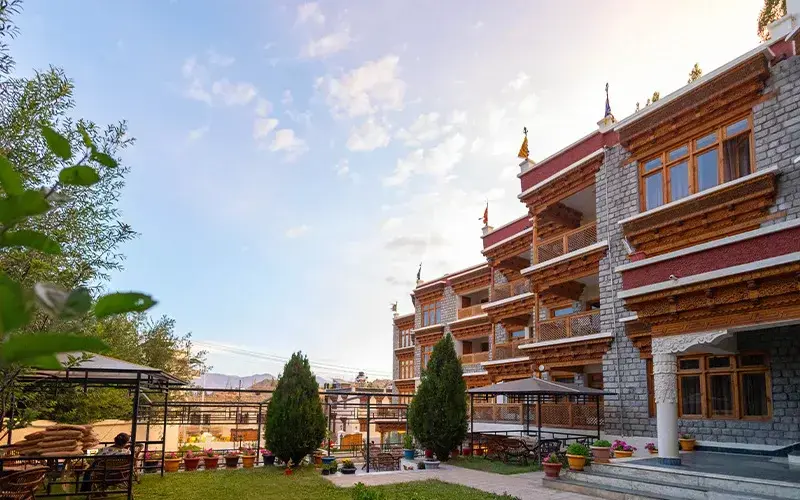
Hotels In Leh Ladakh
Experience peaceful stays amid mountains, lakes, and clear skies.
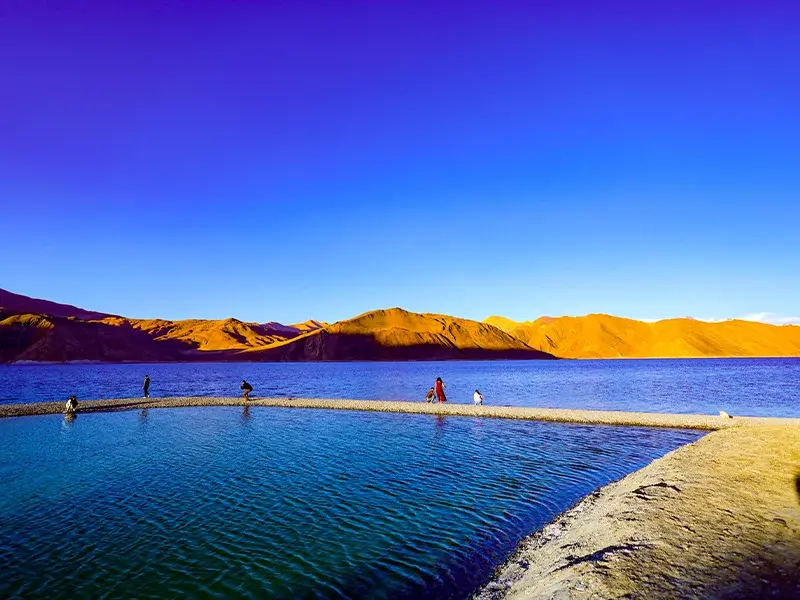
Packages Of Leh Ladakh
Experience Ladakh’s mountains, lakes and culture with our curated packages.
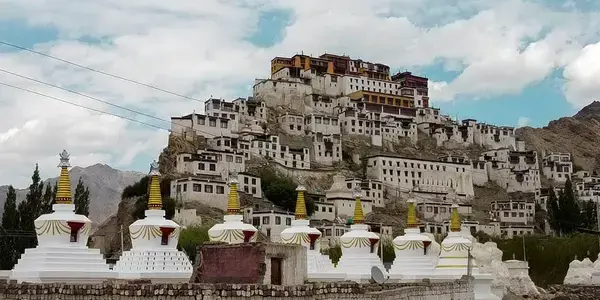
Places To Visit In Leh Ladakh
Best Places to Visit in Leh Ladakh for an Unforgettable Trip
.webp)
Blogs Leh Ladakh
High-altitude adventures and serene Tibetan-style landscapes
.webp)
Images Of Leh Ladakh
Explore Ladakh’s raw beauty through real and scenic images.
Hotels In Leh Ladakh
Packages Of Leh Ladakh
Places To Visit In Leh Ladakh
Blogs Leh Ladakh
Images Of Leh Ladakh
Due to the extreme altitude of Khardung La Pass (18,380 ft), acclimatization is essential. Spend at least 1–2 days in Leh before attempting the journey. This helps prevent altitude sickness and prepares your body for low oxygen levels.
Tourists must carry an Inner Line Permit (ILP) to visit Khardung La Pass. It can be obtained online or from the Leh DC office. Keep extra photocopies, as they are checked at multiple army checkpoints along the route.
The ideal time to visit Khardung La Pass is from May to September, when the road is clear of snow and weather conditions are relatively stable. Winter months often bring heavy snowfall, road closures, and high travel risk.
Weather at Khardung La can change rapidly, and even in summer, it's cold and windy. Wear thermals, a down jacket, gloves, woolen socks, and a windproof outer layer. Sunglasses and sunscreen are also essential due to strong UV rays.
Due to low oxygen levels, carry Diamox (consult a doctor first), motion sickness pills, ORS sachets, a basic first-aid kit, and any personal medications. A small portable oxygen cylinder can be helpful in emergencies.
Khardung La is accessible by motorbike, SUV, private taxi, or tempo traveler. A 4x4 vehicle is highly recommended, especially during early or late season when road conditions can be rough and unpredictable.
There is no mobile network coverage at Khardung La. Fuel stations, restaurants, or public toilets are not available either. Limit your stay at the top to 20–30 minutes to avoid altitude sickness, and pack water and snacks in advance.
May to September – Clear roads, pleasant weather, ideal for biking and travel. Avoid winters due to heavy snowfall.
Khardung La Pass, located in Ladakh, has been historically significant as a part of the ancient Silk Route. It was used by traders and caravans who traveled between India and Central Asia, particularly to carry silk, spices, and wool. The pass allowed movement toward Kashgar (in present-day China) through the Nubra Valley. Later, during World War II, the route was used by the British to send supplies to China. Today, it holds strategic military importance for India, serving as a route to the Siachen Glacier—one of the highest military zones in the world. Maintained by the Border Roads Organisation (BRO), Khardung La Pass isn’t just a travel destination but a passage steeped in geopolitical and cultural relevance.
🏔️ Altitude: 18,380 ft (5,602 m) above sea level
📍 Location: 39 km from Leh, Ladakh
🛣️ One of the highest motorable roads in the world
❄️ Snow-covered most of the year
🧊 Oxygen level is around 40% lower than sea level
🧭 Connects Leh to Nubra & Shyok Valleys
📵 Mobile networks are mostly unavailable
🚫 Limited food stalls and no stay options at the top
🪖 Controlled and maintained by BRO (Border Roads Organisation)
📜 Inner Line Permit (ILP) required for tourists
Locals and travelers share gripping stories about Khardung La Pass, often describing it as a place where nature humbles every visitor. One popular tale talks about a group of early bikers who attempted to cross the pass without proper gear and had to be rescued by the army—emphasizing the unpredictable and harsh nature of the terrain. There are also stories of people experiencing spiritual clarity at the top due to its silence and isolation. Many believe the pass to be a test of mental and physical strength, almost like a spiritual pilgrimage where the journey is more powerful than the destination. Locals say, "The mountains choose who gets to pass," hinting at how unpredictable weather can block access at any moment.
The Himalayan Mountains are a majestic mountain range in South Asia, spanning five countries. They boast the world's highest peaks, including Mount Everest. These young, growing mountains feature rugged, snow-capped peaks, deep valleys, and glaciers. The Himalayas influence regional climate, harbor unique biodiversity, and hold cultural and spiritual significance. They attract adventurers, nature lovers, and spiritual seekers from around the world.